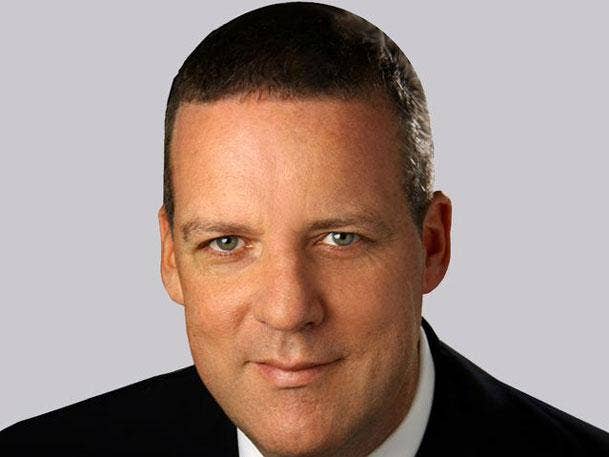Xerox’s M&A Strategy Is ‘Really, Really Simple’: CEO John Visentin
‘Xerox is not only going to be Xerox printing services. It’s all of these other offerings that we have under Holding. We have a good balance sheet and we’re going to make smart M&A decisions,’ Xerox CEO John Visentin says.

Xerox CEO John Visentin said any acquisitions the company makes have to fit into the firm’s culture and mission to expand IT services offerings.
“It’s really, really simple,” Visentin during the Norwalk, Conn.-based hardware and software giant’s Investor Day last week, referring to Xerox’s M&A strategy. “Does it fit into our business? We have a whole list when we look at M&As and how we integrate it. You’re not just buying a company for revenue, you’re buying a culture. Does that culture fit with yours? How do you integrate that culture? What type of employees are there? Part of our reviews of companies is to understand the culture that we’re buying.”
With $1.8 billion in cash and cash equivalents at the end of 2021, Xerox has enough cash to make some acquisition moves. The company has made a few solution providers acquisitions over the last six months including Colchester, Vt.-based C2 and Canada-based Powerland.
[Related: Gradient MSP’s Synthesize Platform Is “Next Generation Of Innovation”]
“C2 particularly is a heavy-services [firm]. Powerland had a history of more hardware technology,” Joanne Collins Smee, Xerox chief commercial officer for SMB and channels, told CRN. “With the partners we‘re explaining what C2 does and how we’re expanding what they‘re going to be able to sell because they’re able to sell our IT services.”
And with more acquisitions to come, Visentin wants to focus on security and AI-enabled services. But he’s not losing sight of print.
“I do believe wrapping digital services and IT services around [print] will continue to grow its footprint,” he said. “That’s where the market is going. It’s not just the product.”
Acquiring companies in the Asian market is not in the three-year plan, he said, but added that he will consider looking at M&As going forward.
“We’ll continue to look at it,” he said. “If it’s something that follows the criteria of what we’re looking for, we’re not afraid to do an M&A that will help us with the Asian market.”
And although Xerox is acquiring solution providers, he said there are rules of engagement in place for its partners.
“We have rules of engagement that are no different than any other industry or any other partner,” he told CRN. “If you‘re the first to be there as a client and you’re servicing the client, than it‘s your account. Will there be some infighting once in a while? That’s what Joanne (Collins Smee,) solves. It gets to Joanne’s level and she solves it. But overall, it‘s pretty straightforward. It’s pretty clear on who gets there. The markets open. The way we look at it is don’t fight over the X percent that we own or that you own. There’s another 70 percent out there that we could all go get together.
“Contention, will there be some? Absolutely,” he added. “Honestly, in the three-and-a-half years I’ve been here I didn‘t get many at my level to say, ‘Hey, this is wrong.’”
When eyeing an acquisition, he said it comes down to the company’s solution design center of excellence and the company’s culture.
“When we decided that we were going to expand we put something together called a solution design center of excellence, which means we’re not going to be selling IT services for the sake of just getting revenue,” he told CRN. “We’ve always had a mantra in services that you don’t celebrate the signing, you celebrate the install.”
When looking at companies and add-ons it doesn‘t matter the size of the add on, what matters is how does it fit into the solution design center of excellence, can they deliver what they say they can and can it be replicated over and over, he explained.